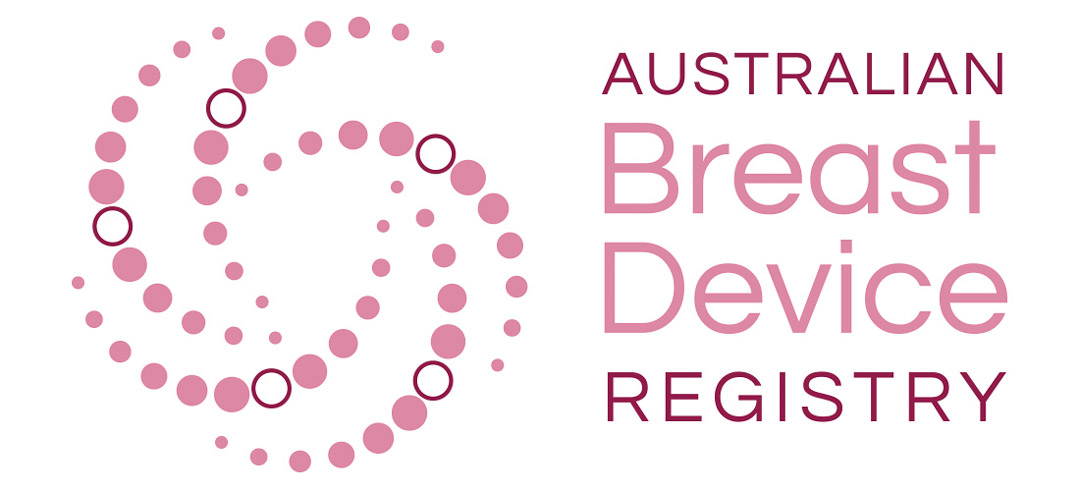General Surgery
Hernia
Videos
Your First Appointment
Diagnostic Tests
Hernia
A hernia is a bulge of tissue or organ through a hole or natural weak point in the wall of the cavity where the organ is contained.
For example, the viscera within the abdomen are kept in place by abdominal wall. The abdominal wall has natural passages through which anatomical structures exit like, the femoral canal (exit point of the femoral artery and vein) and the inguinal canal (exit point of the spermatic cord and its vessels).
The umbilicus or belly button is the site where blood vessels responsible for nutrition during our life as a foetus entered the abdomen. These sites sometimes fail to fully close at birth resulting in a congenital hernia. They can also weaken and enlarge over time resulting in the formation of a new hernia.
Other parts of the abdominal wall can also be damaged directly by force e.g. trauma, excessive straining or by previous surgery again resulting in the formation of a hernia.
A hernia will not get better by itself and while a wait and watch approach can be considered for small hernias not causing symptoms, in general up to 80% of hernias will get bigger or cause symptoms by 5 years after diagnosis, pushing patients to have surgery.
Hernias that cause symptoms or, contain loops of bowel should undergo surgical repair unless other medical conditions prevent it or make surgery risky.
Hernia Types
The types or hernias that I commonly repair include:
- Inguinal Hernia: Appears as a bulge in the groin or scrotum, occurring more commonly in men than women. They are classed as indirect hernias if they follow the natural course of the spermatic cord (round ligament in females). They are classed as direct hernias when there is a direct defect or damage of the abdominal wall (see photo). Sometimes people have both types on the same or opposite groin.
- Femoral Hernia: A femoral hernia appears as a bulge in the corner of the upper thigh and groin. Fat from within the abdomen, or loop of intestine, come out of the abdomen through a channel called the “femoral canal” (a tube-shaped passage at the top of the front of the thigh). This type of hernia tends to occur in older people and is more common in women than in men.
- Umbilical Hernia: Umbilical hernia is a bulge through or around the belly button. They can be congenital or acquired. They commonly contain fat but sometimes can contain loops of bowel
- Epigastric hernia: epigastric hernias are found in the vertical line of the abdomen between the belly button and the tip of the sternum. They are mostly due to a weakness or damage of the fibres of the abdominal wall. They commonly contain fat
- Incisional Hernia: Incisional hernia may be caused by the scar from previous abdominal surgery. They can be small such as at site of previous keyhole surgery, or very big such as through the scar from previous open abdominal surgery.
Inguinal Hernias
Inguinal hernias appear as a bulge in the groin or scrotum, occurring more commonly in men than women. They can be associated with pain in the groin when the hernia is forming or results form. They are classed as indirect hernias if they follow the natural course of the spermatic cord (round ligament in females). They are classed as direct hernias when there is a direct defect or damage of the abdominal wall (see photo). Sometimes people have both types on the same or opposite groin.
Inguinal hernia repair is usually performed with overnight stay in the hospital. The operation may be performed as an “open” or “keyhole” (laparoscopic) surgery.
How do open and keyhole inguinal Hernia surgery compare?
Overall, they are roughly equivalent. Keyhole surgery’s only advantage is less pain – particularly in younger patients. However, the pain experienced with open surgery is usually gone by 7-10 days and easily managed with simple pain relief.
Return to full function is the same regardless of the surgical approach as it takes about 6-8 weeks for healing to occur. During this time patients are instructed to refrain from heavy lifting and excessive straining. While normal duties are allowed after this time, a gradual return to full function is recommended.
Open Surgery
This is a very well tried and tested method against which all new techniques are compared. It is a quick operation with very predictable results. It is usually my first choice of surgery as it is well tolerated and has excellent long-term durability.
Advantages of open surgery as the first repair include:
- Lower risk of intraoperative complications. This is a very safe operation.
- Lower risk of hernia recurrence.
- The ability to close the hernia defect (hole) and re-enforce with mesh vs only using the mesh as a patch over the defect in laparoscopic surgery.
- Keeps keyhole repair as an option in the future if hernia should recur.
- Best choice for dealing with very large hernias or hernias containing bowel.
Laparoscopic Hernia Surgery
Laparoscopic hernia surgery is a surgical procedure in which a camera (laparoscope) is inserted into the abdomen through a small incision. The laparoscope is a small fibre-optic viewing instrument attached with a tiny lens, light source and video camera.
Indications for laparoscopic hernia repair over open repair may include recurrent hernias, bilateral hernias, and the need for earlier return to full activities.
Contraindications specific to laparoscopic hernia surgery include large, non-reducible inguinal hernia, previous abdominal surgery, and inability to tolerate general anaesthesia.
Medical conditions including upper respiratory tract or skin infection and poorly controlled diabetes mellitus should be fully addressed and optimised prior to surgery.
Advantages over Open Surgery
- Less post-operative pain with smaller incisions and faster recovery*
- No further incisions required for patients with hernias in both groins (bilateral hernia)
- Ideal method for patients with recurrent hernias after previous open surgery
- Earlier return to work**
- Dr Fuentes’ preferred method for elective repair of femoral hernias – is this an advantage to patient?
Disadvantages Over an Open Operation
- Can be more expensive
- Slightly higher rate of hernia recurrence
- Higher risk of complications
Specific complications of laparoscopic hernia surgery may include local discomfort and stiffness, infection, damage to nerves and blood vessels, bruising, blood clots, wound irritation and urinary retention.
* Pain can be highly subjective and varies between patients but in general, patients having laparoscopic surgery tend to experience 2-3 days of pain vs 7-10 days with open surgery.
** Earlier return to work does not mean earlier return to full function. Regardless of the operation approach, you will be restricted to a maximum of 5 Kg of weightlifting for 6 weeks after surgery.






For all appointments and enquiries, please call +61 2 8203 1359 or email info@drerickfuentes.com.au
Or contact us online using this form:
Request an Appointment Or Send a Message
Wise Medical
Level 1
11 Khartoum Road
Macquarie Park
NSW 2113
Strathfield Private Hospital
3 Everton Rd,
Strathfield NSW 2135
Hours: 9am - 5pm
Follow Us
© 2024 Dr Erick Fuentes. Breast and Endocrine Surgeon.


